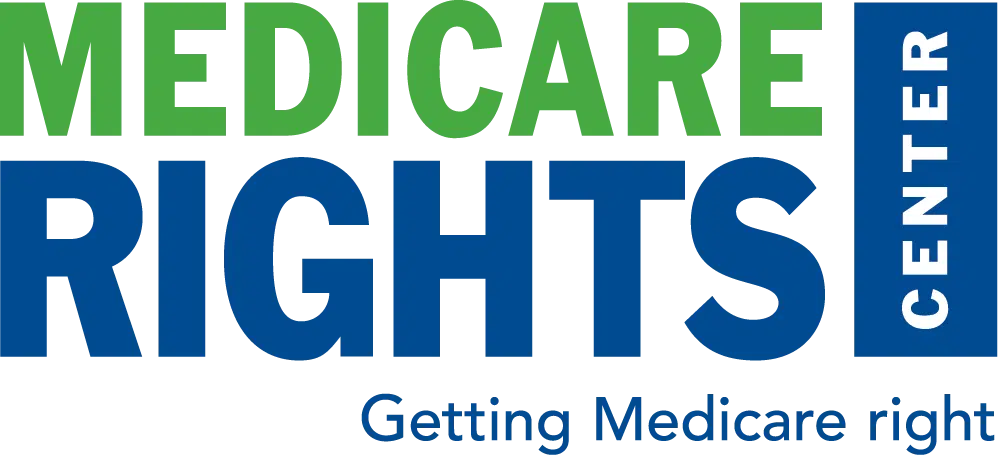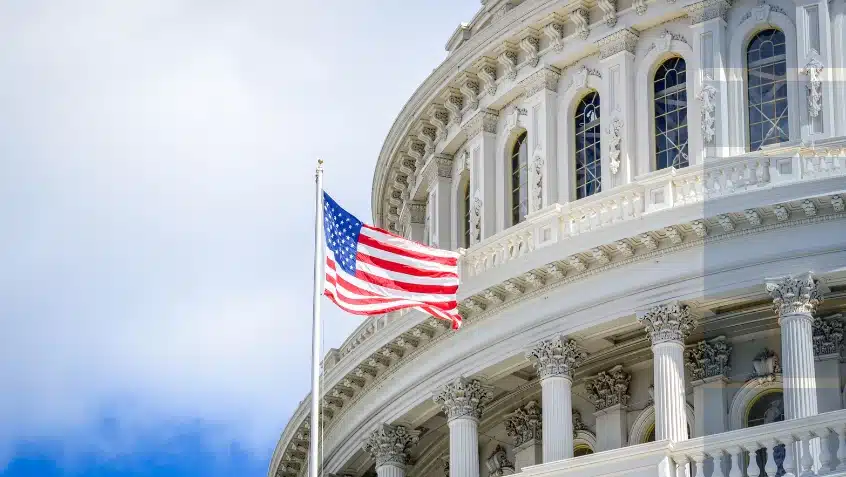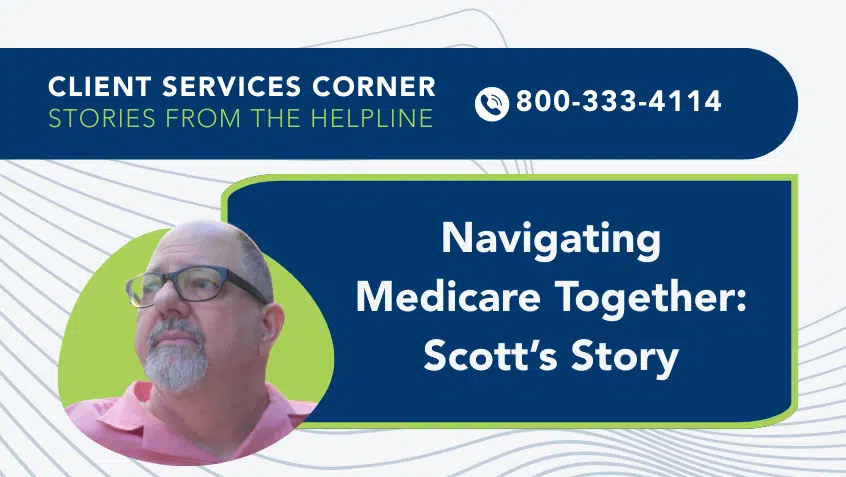Join Us Live for a Discussion on Medicare, Democracy, and the Future of Health Care
Issue Brief Outlines Expected Drug Savings for Millions Under the Inflation Reduction Act

KFF has released a new issue brief previewing expected savings for millions of Medicare Part D enrollees starting in 2025 due to provisions in the Inflation Reduction Act of 2022 (IRA).
As of January 1, 2024, Part D enrollees are no longer required to pay 5% coinsurance after they reach what is called “catastrophic coverage.” For all Part D plans, enrollees enter catastrophic coverage after they reach $8,000 in out-of-pocket (OOP) costs for covered drugs.
Starting in 2025, OOP drug costs will be capped at $2,000, indexed annually for growth in Part D costs. In 2021, according to the brief, 1.5 million people had OOP costs over $2000, and people with high drug costs year after year will benefit the most from this cap.
But the brief makes clear that it will also benefit people who may have shorter periods of high drug costs. Over 6.8 million people have crossed the $2,000 threshold at least once since Part D started in 2007.
The Part D redesign will continue to help people with long-term high drug costs and with more intermittent expenses for years to come. This comes on top of other savings, many of which have flown under the radar, such as vaccines without cost sharing, reduced insulin costs, better access to “Extra Help,” and the drug negotiation program that will go into effect starting in 2026 to bring down costs for the most expensive drugs for Medicare beneficiaries.
Medicare Rights applauds these important IRA changes that will continue to lower drug costs for millions of people with Medicare. We continue to urge Congress to do even more to help people with Medicare, other coverage, or no coverage afford high-quality care.
Show Comments
We welcome thoughtful, respectful discussion on our website. To maintain a safe and constructive environment, comments that include profanity or violent, threatening language will be hidden. We may ban commentors who repeatedly cross these guidelines.
Help Us Protect & Strengthen Medicare
Donate today and make a lasting impact
More than 67 million people rely on Medicare—but many still face barriers to the care they need. With your support, we provide free, unbiased help to people navigating Medicare and work across the country with federal and state advocates to protect Medicare’s future and address the needs of those it serves.
The Latest
Most Read
Add Medicare to Your Inbox
Sign up to receive Medicare news, policy developments, and other useful updates from the Medicare Rights.
View this profile on InstagramMedicare Rights Center (@medicarerights) • Instagram photos and videos









